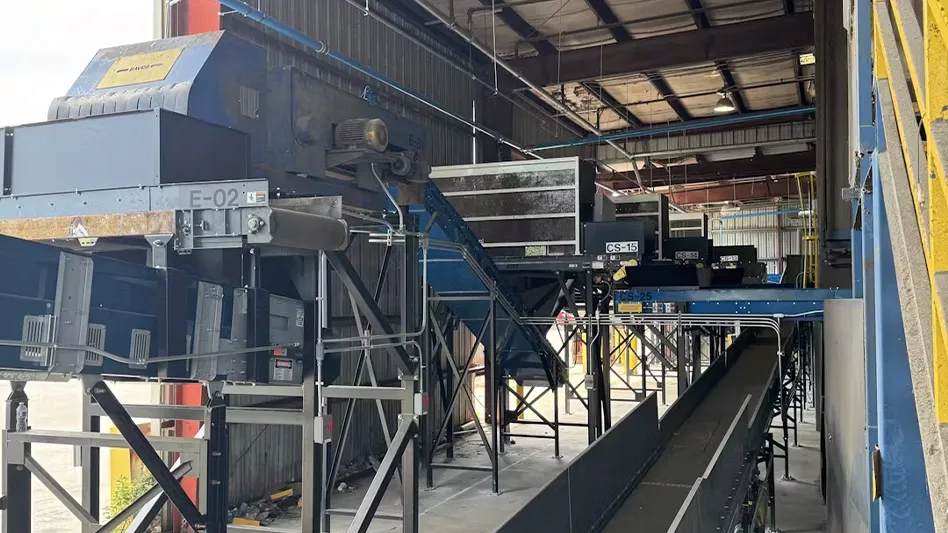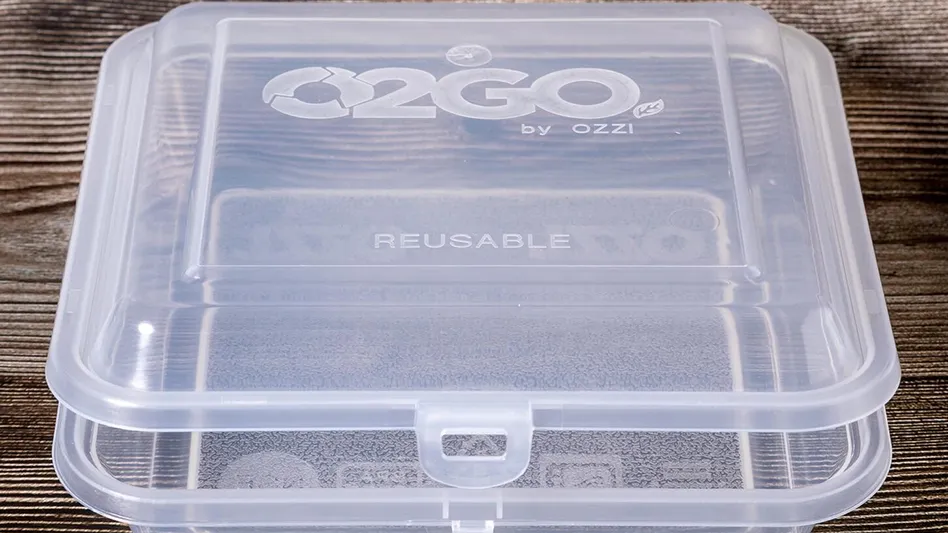WINTER OF DISCONTENT
Scrap metal recyclers did not necessarily anticipate a seasonal rebound this February, and unfortunately their skepticism was borne out by events.
Economic data from throughout most of the world, and certainly in the United States, has continued to point to economic weakness and a decline in economic activity. The lack of orders coming in to makers of basic materials continues to be a mirror of the global slowdown.
Scrap yard operators continue to look into that same mirror, both on the buy side and the sell side. "Supply is tough; a lot of what we handle is industrial scrap," says one recycler in the Great Lakes region.
He estimates that the scrap his facility takes in from the automotive industry and its suppliers is off as much as 70 percent right now compared to peaks reached in 2007 and 2008.
A processor in the Northeast remarks, "That industry may go from producing 17 million vehicles a couple of years ago to 10 million vehicles this year. That’s a huge drop."
The recycler in the Northeast lists several factors suppressing supply: "low-hanging fruit" has already been picked by peddlers the last couple of years; bad winter weather is providing a further disincentive to peddlers; autos and appliances are being repaired and limping through an extended life rather than being scrapped; and manufactures are producing less on the industrial generation side.
On the consuming side, the slower pace of activity at the nation’s steel mills helped move ferrous scrap prices lower in February, as mills paid from $10 to $33 less per ton on the spot market, depending on the grade and region.
February spot buyers were able to buy shredded and prompt grades in particular for a lower price, according to transaction pricing compiled by Pittsburgh-based Management Science Associates Inc. (MSA) for its Raw Material Data Aggregation Service (RMDAS).
National averages compiled through RMDAS showed mills nationally paying $32 per ton less for prompt industrial grades and $30 per ton less for No. 2 shredded scrap (.17 or above copper content).
No. 1 heavy melting steel (HMS) lost less of its value, dropping $12 per ton in value nationally in the sport market and losing just $10 per ton in value in the North Central/East region (which stretches north to south from New England to northeastern North Carolina and west to Ohio, Michigan, Kentucky and much of Indiana).
Regionally, scrap prices held up most closely to January levels in the South, where per-ton average price drops for the three major grades ranged from $16 to $23 on the spot market.
The market for finished steel remains stifled and has fallen a long way from its 2007 and 2008 peaks. Domestically, the American Iron and Steel Institute, Washington, D.C., has reported that mills in the United States produced slightly more than 1 million tons of steel in the week ending Feb. 14. That represented a capability utilization rate of 45.4 percent.
That figure is up from the historically low weekly totals from mid-December 2008 through mid-January 2009, but it still reflects a severe drop-off compared to the healthy economy of one year ago.
In roughly the same mid-February week in 2008, steel production was at 2.1 million tons, and the capability utilization rate was 91.6 percent.
Globally, the world’s steelmakers in January produced some 86 million metric tons of steel, according to the World Steel Association (WSA), Brussels, Belgium. That figure is 24 percent lower than the global amount produced in January of 2008, according to WSA figures.
Recyclers have no way of knowing whether households around the world will be any more willing or able to buy new autos or appliances or to take any other actions come March that will result in the increase in the demand for steel that is needed.
In the meantime, managing a business has generally meant managing through declining revenue. A recycler in the Midwest notes that some shredder yards in his region have cut back their operating days and hours, with some down to running one or two days per week.
A recycler in the Mid-Atlantic region says, "You make your adjustments and you move forward. We don’t want this, but we’re not bleeding too badly. You structure your company to keep your head above water in bad times and try not to produce red ink in any single month."
To continue operating with a profit margin has become the key for all concerned. A recycler on the East Coast notes, "Margins are lower, but we can still be profitable; but we’re hitting singles instead of home runs."
(Additional news about ferrous scrap, including breaking news and consuming industry reports, is available online at www.RecyclingToday.com.)

Explore the March 2009 Issue
Check out more from this issue and find you next story to read.
Latest from Recycling Today
- Novelis quarterly, full-year net sales down; CEO reports ‘strong improvements’
- Meeting the decarbonization challenge
- Cyclic Materials expands leadership team
- Paper cup acceptance at US mills reaches new milestone
- EPA announces $3B to replace lead service lines
- AMCS showcasing Performance Sustainability Suite at WasteExpo
- New Way and Hyzon unveil first hydrogen fuel cell refuse truck
- Origin Materials introduces tethered PET beverage cap





